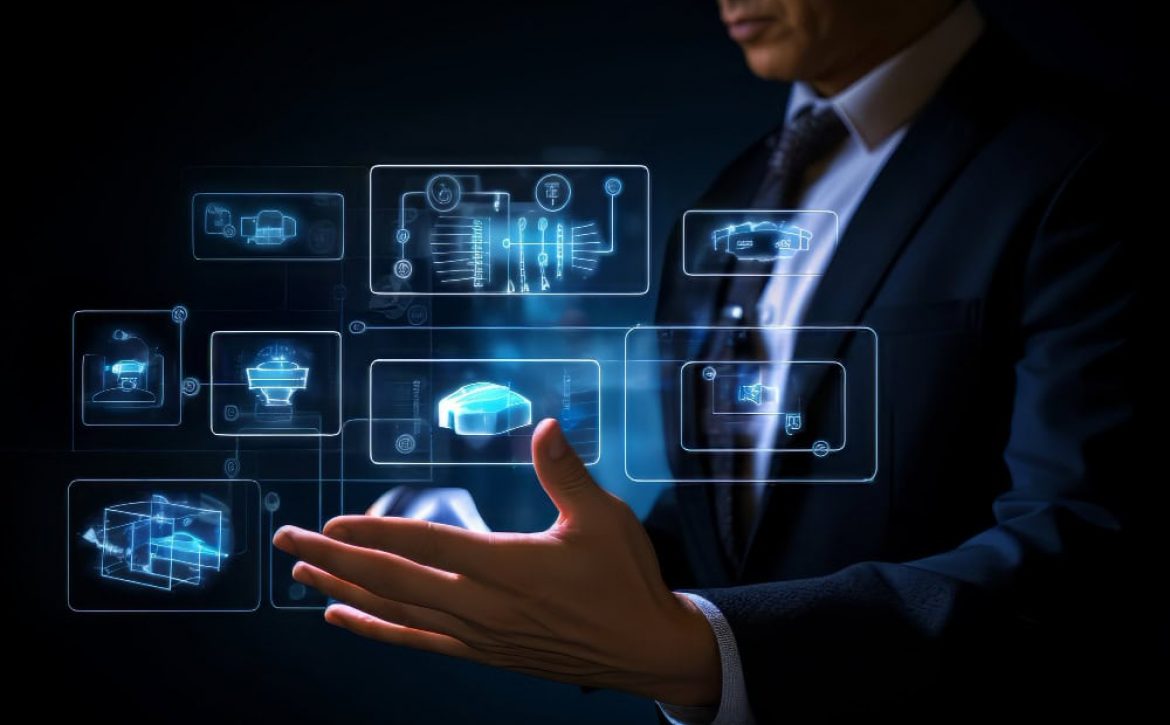The Future of Healthcare Apps: AI and Machine Learning Innovations
Introduction
The healthcare industry is undergoing a transformative shift, propelled by the integration of Artificial Intelligence (AI) and Machine Learning (ML) into mobile applications. These technologies are not only enhancing patient care but also streamlining operations, improving diagnostics, and personalizing treatment plans. Looking Ahead, AI and ML stand at the forefront of healthcare innovation, offering solutions that are more efficient, accurate, and patient-centric.
In this landscape, GoodWorkLabs emerges as a key player, leveraging its expertise in AI and ML to develop cutting-edge healthcare applications. With a strong foundation in mobile app development and a commitment to technological excellence, GoodWorkLabs is poised to shape the future of healthcare through intelligent solutions.
The Role of AI and ML in Modern Healthcare Apps
Personalized Treatment Plans
AI algorithms analyze vast datasets, including patient histories, genetic information, and lifestyle factors, to create personalized treatment plans. This approach ensures that patients receive care tailored to their specific needs, improving outcomes and reducing the risk of adverse reactions.
Remote Patient Monitoring
Moreover, Machine Learning models enable continuous monitoring of patients through wearable devices and mobile apps. These tools collect real-time data on vital signs and activity levels, allowing healthcare providers to detect anomalies early and intervene promptly.
Predictive Analytics
By analyzing trends and patterns in patient data, AI can predict potential health issues before they become critical. This proactive approach facilitates early intervention, reduces hospital admissions, and enhances patient care.
Enhanced Diagnostics
AI-powered diagnostic tools assist healthcare professionals in interpreting medical images and test results with greater accuracy. These tools can identify subtle patterns that may be missed by the human eye, leading to earlier and more accurate diagnoses.
GoodWorkLabs: Pioneering AI and ML in Healthcare App Development
Expertise in AI and ML Solutions
GoodWorkLabs specializes in integrating AI and ML into healthcare applications, offering solutions that range from predictive analytics to natural language processing. Their team of experts ensures that each application is designed to meet the unique needs of healthcare providers and patients alike.
Custom Mobile App Development
With a portfolio of over 100 successful iOS and Android applications, GoodWorkLabs brings a wealth of experience to mobile app development. Their focus on user experience and scalability ensures that healthcare apps are both functional and user-friendly.
Generative AI and Deep Learning
GoodWorkLabs leverages generative AI and deep learning to create applications that can learn and adapt over time. These technologies enable apps to provide more accurate recommendations, automate complex tasks, and improve over time with continued use.
Commitment to Security and Compliance
Understanding the sensitivity of healthcare data, GoodWorkLabs prioritizes security and compliance in all its applications. Their solutions are designed to meet industry standards and regulations, ensuring that patient data is protected at all times.
Key Features of AI and ML in GoodWorkLabs’ Healthcare Apps
Real-Time Data Analysis
GoodWorkLabs’ applications process data in real time, providing immediate insights and alerts to healthcare providers. This capability is crucial for monitoring patients with chronic conditions or those in critical care.
Natural Language Processing (NLP)
By incorporating NLP, GoodWorkLabs enables applications to understand and process human language, facilitating better communication between patients and healthcare providers. This feature enhances the usability of apps and ensures that users can interact with them intuitively.
Predictive Maintenance
Beyond patient care, GoodWorkLabs applies predictive analytics to the maintenance of healthcare equipment and systems, ensuring that potential issues are identified and addressed before they lead to failures or downtime.
The Impact of AI and ML on Healthcare Outcomes
The integration of AI and ML into healthcare applications has a profound impact on patient outcomes and the efficiency of healthcare delivery. By enabling personalized care, early detection of health issues, and streamlined operations, these technologies contribute to improved patient satisfaction and reduced healthcare costs.
Why Choose GoodWorkLabs for Healthcare App Development
-
Proven Track Record: With a history of successful projects and satisfied clients, GoodWorkLabs has established itself as a leader in healthcare app development.
-
Innovative Solutions: Their commitment to innovation ensures that clients receive the most advanced and effective applications available.
-
Client-Centric Approach: GoodWorkLabs works closely with clients to understand their specific needs and deliver customized solutions.
-
Global Recognition: Their work has been recognized with numerous awards, reflecting their excellence in the field.
Conclusion
As AI and ML continue to revolutionize the healthcare industry, the development of intelligent, responsive, and secure applications becomes increasingly important. GoodWorkLabs stands at the forefront of this transformation, offering expertise and innovation that drive better healthcare outcomes. By choosing GoodWorkLabs, healthcare providers can harness the power of AI and ML to deliver superior care and improve the lives of their patients.
Ready to transform your healthcare services with AI and ML?
Contact GoodWorkLabs Today to discuss your project and discover how our expertise can benefit your organization.















